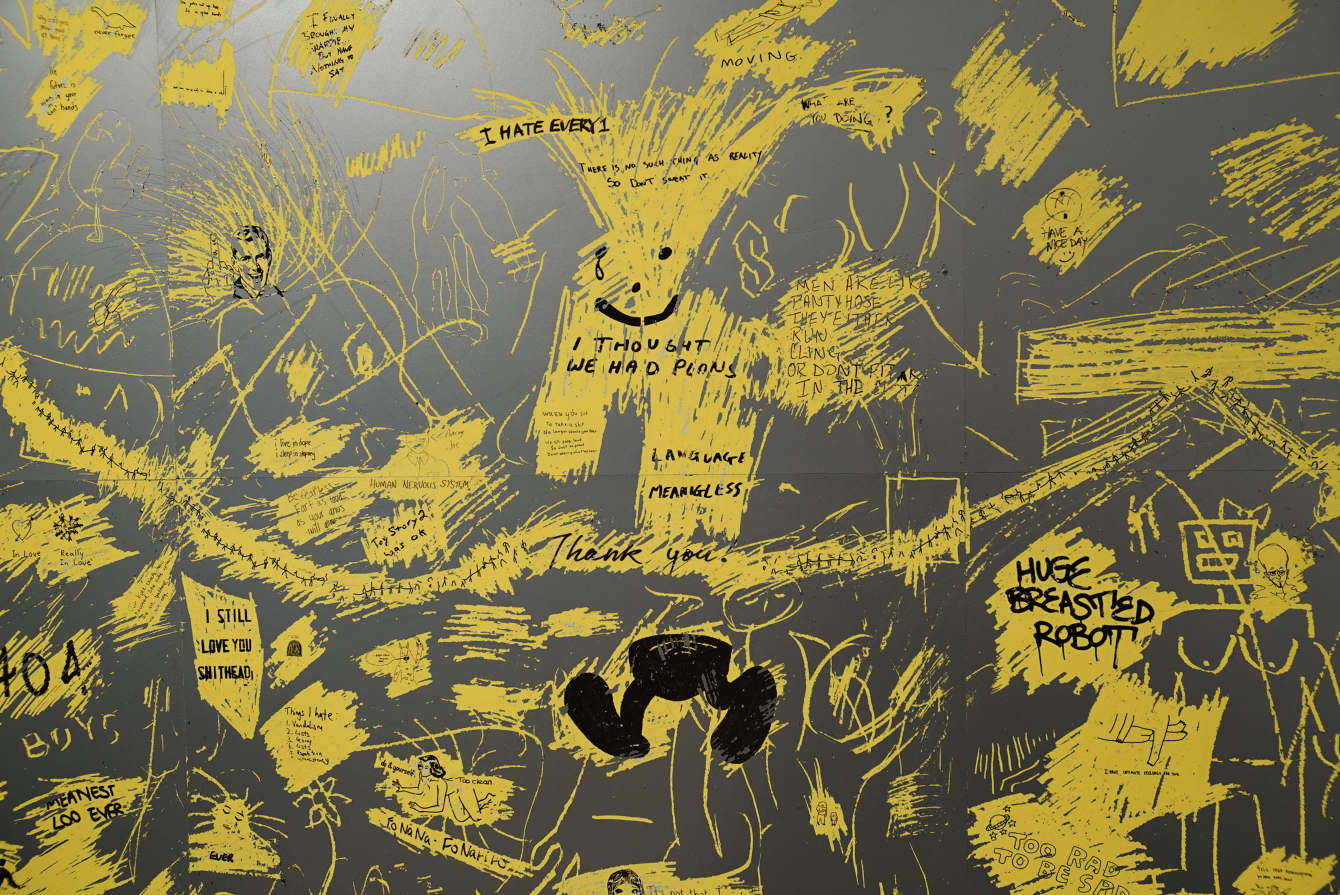‘Jeong’: Reflecting on what can be lost in translations
Following the post on the project 'No Losers', Camella DaEun Kim talks about the experience referred to by the word 'Jeong', and the difficulties of its translations.
 The word exists in Korean, Japanese, and Chinese cultures, and the same Chinese character, 情, is used to designate it in all three languages. It is interesting to note, however, that in each of these cultures there are subtle differences in the meaning of the word. Especially intriguing is how jeong has a much broader and amorphous range of definitions and nuances in Korean culture, where it also involves greater ambiguity in the expression of emotions.
The word exists in Korean, Japanese, and Chinese cultures, and the same Chinese character, 情, is used to designate it in all three languages. It is interesting to note, however, that in each of these cultures there are subtle differences in the meaning of the word. Especially intriguing is how jeong has a much broader and amorphous range of definitions and nuances in Korean culture, where it also involves greater ambiguity in the expression of emotions.
To clarify the meaning of jeong , it might be useful to examine some of its characteristics. . The Sung Min Hong, Neungyule Korean-English Dictionary states that “jeong cannot be seen or touched, it has no color, no smell, and it is tasteless.”
One important characteristic of jeong is its “location.” Jeong seems to be located not only inside the individual, but outside as well. In other words, jeong operates between and among individuals and has its primary locus in the community. It may be difficult for Western minds to conceive of an emotion as being located outside the individual, yet it may be helpful to think of jeong as a collective emotion.
 A second unique feature of jeong is its “centrifugal” tendency. It is more common for Koreans to say “jeong deulda” rather than “I feel jeong .” A literal translation would be: “Jeong has permeated me or I am possessed by jeong". Jeong, therefore, does not emanate from within the individual, but rather, acts on the individual from his or her surroundings. In fact, if love has a centripetal effect, drawing the Other inwards to oneself, jeong has the opposite, centrifugal effect, pulling the self outwards to the Other.
A second unique feature of jeong is its “centrifugal” tendency. It is more common for Koreans to say “jeong deulda” rather than “I feel jeong .” A literal translation would be: “Jeong has permeated me or I am possessed by jeong". Jeong, therefore, does not emanate from within the individual, but rather, acts on the individual from his or her surroundings. In fact, if love has a centripetal effect, drawing the Other inwards to oneself, jeong has the opposite, centrifugal effect, pulling the self outwards to the Other.
According to Dr. Christopher K. Chung, the earliest time when an individual is exposed to the experience of jeong is when a baby is held and carried by his or her mother. As the mother’s warmth radiates to and is felt by the baby, jeong begins to permeate the baby’s entire being. This type of jeong is called “mo-jeong”. This total trust of life and of the Other, without logic or reason, begins with the earliest experiences of life, comparable to Freud’s “basic trust” during the oral stage.(1)
But jeong is also experienced and expands as the child grows older and begins to develop a relationship with his or her father, other relatives, friends, neighbors, and members of the community. As the child passes through the various developmental stages of his or her life, new forms of jeong evolve, such as “bujeong” (jeong between father and child) and “woo-jeong” (jeong between friends). These forms remain with the individual throughout the remainder of his or her life.
(1) Christopher K. Chung and Samson Cho. “Significance of Jeong” (paper presented at the 10th Scientific Meeting of the Pacific Rim College of Psychiatrists, Melbourne, Australia, October 6 – 9, 2001).